Pushing the Boundaries Yet Again
Sigma has emerged from the third party lens manufacturer abyss with a new identity – the company that pushes the boundaries of what can be done with wide apertures. They have pioneered innovative zoom lenses with wider apertures than what has been done (18-35mm f/1.8 ART and 50-100mm f/1.8 for APS-C; 24-35mm f2 for full frame) and have successfully built strong competitors to the traditional 24mm, 35mm, and 50mm f/1.4 lenses. This newest addition to the ART series, the Sigma 20mm f/1.4 DG HSM ART now pushes the boundaries of how wide an aperture can be successfully engineered into a lens wider than 24mm. An f/1.4 maximum aperture in a 20mm focal length easily bests what was previously possible (or at least done) and provides a strong alternative to a lens like the Zeiss Distagon 2.8/21mm (I reviewed that lens here).
There’s often a reason why traditions exist. Often pushing the boundaries too far produces a very niche product that doesn’t prove overly practical (I’m looking at you, Canon 50mm f/1.0L!). Has Sigma managed to create an extreme yet useful lens here? The answer to that is a little complicated, but there is no question that in many ways Sigma did succeed.
Want to watch your review instead? Take a look here for my thorough video review on YouTube:
Build Quality and Handling
The 20mm f/1.4 ART is not a small lens. It is smaller than the very substantial Tamron SP 15-30mm f/2.8 VC lens, but is still on the large size of medium. Its overall dimensions are not massive (3.6”/90.7mm x 5.1”/ 129.8mm length) but it weighs in at a hefty 33.5 oz/950 grams). It is (by a good margin) the largest lens in its class. That is made all the more apparent by the lens that I had brought in as a contrast in style and purpose – the Voitländer 20mm SLII 20mm f/3.5 – a pancake lens (more on that in a little while)!
I’ve reviewed the majority of the ART series lenses (I missed the 24mm) but have never been so impressed by the build quality before. All of these lenses share a very strong family resemblance, but the 20A just feels a little better made. Perhaps it is a perception caused by the greater than usual heft of the lens. It does feel a cut above the build of my Tamron 15-30 VC (though that is probably perceptual, as the Tamron has weather sealing and a fluorine coating on the front element).
It is in this area that the Sigma disappoints; there is no attempt at weather sealing or moisture resistance. This may be a deal-breaker for many landscape photographers, particularly those who live or shoot in challenging weather conditions. I did part of my review alongside the Atlantic Ocean, and while a splash from a rogue (saltwater) wave is cause for concern with any piece of equipment, it is particularly scary when you are shooting with a lens that makes no sealing claims.
The other build challenge common to wide angle lenses is the curved front element on the lens that results in both a series-first fixed lens hood and the inability to use traditional screw-in filters. The Sigma is hardly the first to need this compromise in lens design, but I know from conversations with many photographers since the Tamron 15-30 VC was released that they simply aren’t willing to accept the additional complications that arise from having to go to a third party filter system. I have no doubt that Fotodiox, Lee, or some other company will fill that void (you can find the Fotodiox adapter here), but Sigma will definitely lose a few customers due to this reality. The inability to use traditional filters is also at odds with the wide aperture – there will be many times that you will be knocking on the upper limits of your shutter speed (even if it is 1/8000th of second) at f/1.4.
The fixed lens hood also means that the lens cap is a larger piece that fits over the end of the lens hood like that of the afore-mentioned Tamron, Samyang 14mm f/2.8, or the Zeiss Distagon 2.8/15mm – all lenses that I’ve used quite a bit. These lens caps are a bit of a pain because they don’t slip very easily into a pocket because of their additional bulk. The Sigma cap does fit snugly on the lens and I had no issues with it inadvertently falling off.
Some wide angle lenses actually sport a fairly decent maximum magnification, but the 20A is not one of them. Its .14x magnification (at right under one foot/27cm) is towards the bottom of the chart among competitors. Fewer people use wide angle lenses like this, but I’ve found when using a lens like the Samyang (Rokinon) 12mm f/2 NCS (mirrorless) lens that getting close to a subject for an “environmental macro” provides a unique extra perspective on a scene. You can still do this with the Sigma 20A, but the results are a bit less successful. Don’t plan on creating massive bokeh with this lens; you will have to be right on top of your subject to get a highly diffused background.
The Sigma is a very nice looking lens (as are all of the ART series). Here’s a little gallery of lens eye candy:
Autofocus Observations
The Achilles’ heel for the Sigma ART series has been the autofocus consistency. I have been very satisfied with the focus speed of all of the ART lenses, but rarely satisfied with the focus consistency. I now have the Sigma USB dock to help with this process (thanks to a kind reader who sent me one – thanks, Tig!). The demands on the AF system are far less at such a wide focal length than many of the ART series lenses. At ten feet the depth of field is already over 7 feet even at f/1.4, and by 20 feet the DOF has grown to well over 43 feet. It is only at very close focus distances that significant pressure will be put on the AF system at this focus length.
I am happy to report that I have personally been fairly satisfied with the focus accuracy of the lens after calibrating it, though not without a few of the trademark issues that I’ve seen from many of the ART series lenses. If you are shooting it wide open at medium distances (before infinity focus arrives) you may find a little focus inconsistency (Sigma is not quite there yet). This shot, for example, is not perfectly focused despite the AF system having a pretty big depth of field advantage (the subject was about ten feet away). The full photo doesn’t look bad, but when examining the crop you will find that it isn’t nearly as sharp as what this lens is capable of.
I took two of these focusing with even more care than usual because I was testing the AF performance and wanted repeatable results. I used focus and recompose using the highly accurate center point on the 6D body I was doing the test on, and, considering the depth of field here, there should be no issue with the extremely mild focus shift that would come from this method (this is a fairly flat plane of focus at this distance). The first shot was far worse.
The medium distance has been the weak point for many of the ART series lenses I’ve tested. The Sigma USB dock helps somewhat here as it allows you to tune the lens at that specific distance, but the bigger issue is when the AF system delivers inconsistent results. I worked at using the USB dock to tweak this value. I recognized that while the lens was delivering good focus results at closer distances, the medium distance shots were front focusing. I started playing with the values only at that distance. Unfortunately there is no actual calibration component as a part of the software; it is trial and error. This isn’t great news for a lens reviewer like myself that has lenses for a limited period of time. I don’t have the time to spend hours on end trying to refine focus. Of greater concern is the fact that a lot of this will be over many photographer’s heads. I’m glad the dock exists, and it will enable those with some technical expertise (and some time) the chance to [hopefully] maximize the potential of their lens. I did feel like I made some improvement through the dock, though in Sigma fashion there was an occasional miss for no good reason.
Thankfully these were isolated instances. Most of the time my focus accuracy was quite good. Misses (when they came) were invariably at medium distances. Just know that sometimes those misses at f/1.4 can be pretty bad. Unlike most ART lenses, however, I wasn’t shooting this lens at extremely wide apertures all that often. If you intend to, however, just spend some time fine tuning the focus via the dock so that you can get the best possible results. There are many people that I know that are willing to accept the occasional miss with their ART lenses because of the great image quality they get in exchange.
I had no issues in the field using the 20mm f/1.4 ART. It handled as expected and gave me no cause to criticize.
One final praiseworthy ingredient in the Sigma formula is the inclusion of a nice, padded case that does provide some quality protection. I wish that other manufacturers would follow suit.
Image Quality
The tradeoff for that complicated front element is the image quality. Sigma has once again managed to push the boundaries of what is possible in lens design by putting an f/1.4 maximum aperture in a wider focal length (20mm) than what has been done before. Lens design at focal lengths wider than 24mm on a full frame system is very challenging, and Sigma should be applauded for pulling off something that no one else has done.
This lens continues Sigma’s recent tradition of being able to provide stunningly sharp resolution at very wide apertures in its ART series lenses. In the center of the frame this lens turns in a pretty stunning performance at f/1.4. The corners lag behind a fair bit, but sharpen up very nicely by more traditional apertures like f/4 to f/5.6. If I’m disappointed by anything here, it is that the lens still isn’t quite as sharp in the corners at f/2.8 as the Tamron 15-30 VC wide open (at 20mm). I’m surprised by this, frankly. Peak sharpness is around f/4 rather than f/5.6 or f/8 for the lens – not surprising considering how wide its maximum aperture is. At f/4 the image quality is pretty close to perfect across the frame. Here’s an f/4 shot with crops from across the left to right edges of the frame:
The lens has good contrast and colour rendition from wide open, so if you aren’t looking critically at the corners, image quality at f/1.4 even near infinity focus is pretty impressive. I directly compared the lens with the Voigtländer 20mm f/3.5 in a controlled setting and the Sigma handily beat the Voigtländer in the corners (and center too) at all compared apertures save the bottom one third of the frame, which for some reason was a little crisper on the Voigtländer. Here’s the wide open image from the Sigma along with the crops from left to right across the frame:
One takeaway from that comparison is that the Voigtländer is noticeably wider. Intrigued, I set my Tamron 15-30mm at 20mm and found that the Sigma definitely framed tighter.
Lens manufacturers are prone to rounding in their favor, and it seems like Sigma has done a bit more of that than Voigtländer here. The lens is still plenty wide, though, and this is not an uncommon practice at all.
This lens has a moderate amount of barrel distortion (expect straight lines to curve in a somewhat “mustache” pattern). Here is the uncorrected version compared with the result after applying the Adobe profile for the lens.
The lens (unsurprisingly) has a significant amount of vignetting…particularly at f/1.4. There are well over 3 stops of shading in the corners at f/1.4, which will be highly noticeable in many situations.
It also means that if you are shooting in lower light (high ISO settings) and want to correct for those corners you may experience some noise – 3 ½ stops are often too much when you are at ISO 1600 or higher. It’s a good thing this lens sucks in a lot of light!
And on that note, this lens is a great companion for going out into the city at night or in concerts, restaurants, or other low light venues. It sucks in a lot of light, and the short focal length makes handholding this lens a piece of cake. Here’s a favorite from the Grand Strand in Myrtle Beach. This is at f/2 and is nicely crisp (my f/1.4 images look pretty much identical):
Any 20mm lens is going to provide some perspective distortion. This simply means that unless the plane of focus (subject) is completely level with the camera, there is going to some “stretching” of subjects near the edge of the frame. You’ve seen this many times where people near the edge of the frame appear “stretched” while people nearer the center are not distorted and appear normal. The large aperture of this lens makes it appealing for wedding or event photography, but you will have to be careful when composing; no bridesmaid will thank you for adding 20 pounds to her by stretching her! There are occasions when composing that you can use that distortion to your advantage, however, by giving something close to the camera additional emphasis.
I was pleased with the control of chromatic aberrations that didn’t present any real field issues even at f/1.4. This is a definite bonus for both landscape work and general purpose shooting. I found that the flare resistance was very good, too, with only a hint of ghosting and no apparent veiling.
One final note is that the nine rounded aperture blades of the lens make for very pleasing sunbursts/sunstars when stopped down.
This lens produces beautiful images. You are going to want to take a peek at the Lens Image Gallery to see many more samples.
Astro(nomic) Disappointments
All of the astro shooters (astrophotography) perked up when this lens was announced. This is the widest aperture ever on a lens with this wide of a focal length, and the ability to grab a lot of light via the f/1.4 aperture over such a wide angle of view suggested that this could be the perfect astrophotography lens. Both of those things proved true, but ultimately this lens has proven a letdown for those of us that like to shoot the night sky for one big reason – coma. Coma refers to an optical defect in which bright points of light (such as stars) are rendered more like flying saucers or ducks…they grow wings. This is usually most true near the edges of the frame. The 20A unfortunately suffers from a fairly bad coma performance, though some will still buy it for this purpose because of other qualities it has (namely letting in a lot of light!)
The Sigma definitely lets in a lot of light (and has a fairly large amount of information in the frame), but its there that the night sky goodness ends. At f/1.4 the coma is strongly pronounced around the edges (stars looking like flying insects with blurred wings) but is evident at a pixel level even in the middle of frame. Stopping down does help, but even by f/2.8 the stars in the corners resemble something more like the shape of candy corn than fine points of light. The bigger problem is that having to stop down this far eliminates the wide aperture advantage over lenses like the Samyang 14mm f/2.8 or the Tamron 15-30 VC (Zeiss Distagon 2.8/15mm is another great choice), and the coma performance still isn’t as good as those lenses even when the Sigma is stopped down. Look at the comparisons between the Sigma and the Tamron 15-30 VC which I own and had on hand to compare. The first image is from the Tamron, and then some comparison crops.
I think that Sigma really missed a golden opportunity here to make a lens that astrophotographers would have flocked to…even if the aperture was a bit smaller.
My current top picks for this purpose continues to be the Tamron 15-30 VC (mid budget), Zeiss Distagon 2.8/15mm (big budget), with the low budget option being the Samyang (Rokinon) 14mm f/2.8 prime lens.
Price and Conclusions
The Sigma 20A is undoubtedly another excellent entry in the optically stellar ART series. Sigma continues to push the boundaries of what can be done with wide aperture lenses. Not only does this lens enter new territory in its maximum aperture value but manages to best all direct competitors in its resolution (particularly in the center). It also does this while undercutting its principle competitors in price by a fair margin (it currently lists for $899 at B&H Photo). It provides crisp, detailed images with good color rendition, strong flare resistance, and a moderately low amount of distortion.
But at the end of the day I am left with one considerably large unanswered question: who exactly is this lens for? 20mm is a prime focal length for landscape photography, but this lens is questionable as a top choice for landscape photographers due to lacking either weather sealing or the ability to take traditional filters. Its main selling point (the wide f/1.4 aperture) is of dubious use for this application, particularly considering that the corner resolution lags a fair bit behind the center resolution at wide apertures. Its resolution at narrower apertures is exceptional, but no more so than some of the top wide angle zooms. It feels somewhat petty to knock a lens that produces such beautiful landscape images, but the lack of weather sealing and ability to use filters is going to be a deal breaker for a lot of landscape photographers.
Astrophotographers will also be disappointed by the less than stellar coma control despite the appealing combination of focal length and wide aperture. I already have a photographer contact who is very skilled at night sky shooting who loved the concept of this lens but returned it in favor of another option due to the comparatively poor coma control.
Some wedding photographers will undoubtedly find use for the focal length, wide aperture, and excellent center resolution. It will provide the opportunity to shoot wide, contextual shots while retaining the ability to control depth of field. In fact, probably the best argument for this lens is for those who need the ultimate low light performance in a wide angle lens. For a certain niche of photographers this lens will be an answer to their prayers.
In summation, the Sigma 20mm f/1.4 DG HSM ART lens is an excellent lens in many ways, but probably not one that will make it into my bag. It is too large to be just a “bring along” lens (unlike the Voigtlander 20mm f/3.5 pancake lens I reviewed at the same time), and is somewhat wasted on those who primarily use this focal length for landscape work. The build quality feels excellent (even better than the typical high standard of the ART series), but the lack of any weather sealing is a serious shortcoming in a lens like this, particularly when it will compete against zoom lenses like the excellent Canon 16-35mm f/4L IS or the similarly excellent Tamron SP 15-30mm f/2.8 VC, both of which have very good weather sealing). Similarly the convex front element that prohibits the use of traditional filters will discourage others, though an adapter already exists for third party filters from Fotodiox as well as other third parties.
If you need great low light performance in a wide angle lens for events or wedding work, it is hard to think of a better alternative. The resolution from the lens is fantastic. The price relative to the build quality and performance is strong, but at the same time I think that Sigma stuck a little too closely to its ART formula for this lens. Yes, it is now the class leader in maximum aperture value at 20mm, but at the cost of being the largest lens in the segment and the only one without the ability to use traditional filters. You can debate about the value of weather sealing, but the reality is that the lack of it will probably send a lot of photographers elsewhere. I also think that Sigma missed the boat by not working harder at controlling coma – they would have sold many of these lenses to astrophotographers. A little more painting outside the lines was needed with this kind of focal length, and I suspect the Sigma 20mm f/1.4 DG HSM ART lens will be one of the weaker selling lenses in the ART series as a result. This isn’t to say that it isn’t a great lens – it is – but perhaps not one that will check the right boxes for a lot of potential customers.
Pros:
- Class leading maximum aperture for the 20mm focal length
- Class leading resolution for the focal length (particularly in the center)
- Good flare resistance
- Good color rendition
- Good build quality
- Chromatic abberations well controlled
- Autofocus is quick in most situations
- Good flare resistance
- Nice sunstars
- Reasonable price when compared to competitors
- Includes a padded case
Cons:
- Disappointing coma performance
- Lacks weather sealing of any kind
- Curved front element precludes the use of traditional filters
- Fixed lens hood means bulky lens cap
- Largest and heaviest lens of class
- Not as wide as other 20mm options
- Heavy vignette
Gear Used:
Canon EOS 6D DSLR Camera (Body Only)
Sigma 20mm f/1.4 DG HSM ART
Adobe Lightroom CC Software for Mac and Windows (Boxed Version)
Adobe Photoshop Creative Cloud 1-Year Subscription
Alien Skin Exposure X (Use Code “dustinabbott” to get 10% anything and everything)
Purchasing your gear through B&H and these links helps fund this website and keeps the articles coming. Thank you for your support.
Great News! I can now offer a 5% discount on all purchases at Amplis Foto, Canada’s Leading Photographic Supplier. Please enter discount code: AMPLIS52016DA in your cart. It is good for everything in your cart, and is stackable with other coupons, too! It will take 5% off your entire order! Proceeds go towards keeping this site going and providing you with new reviews!
Check me out on:


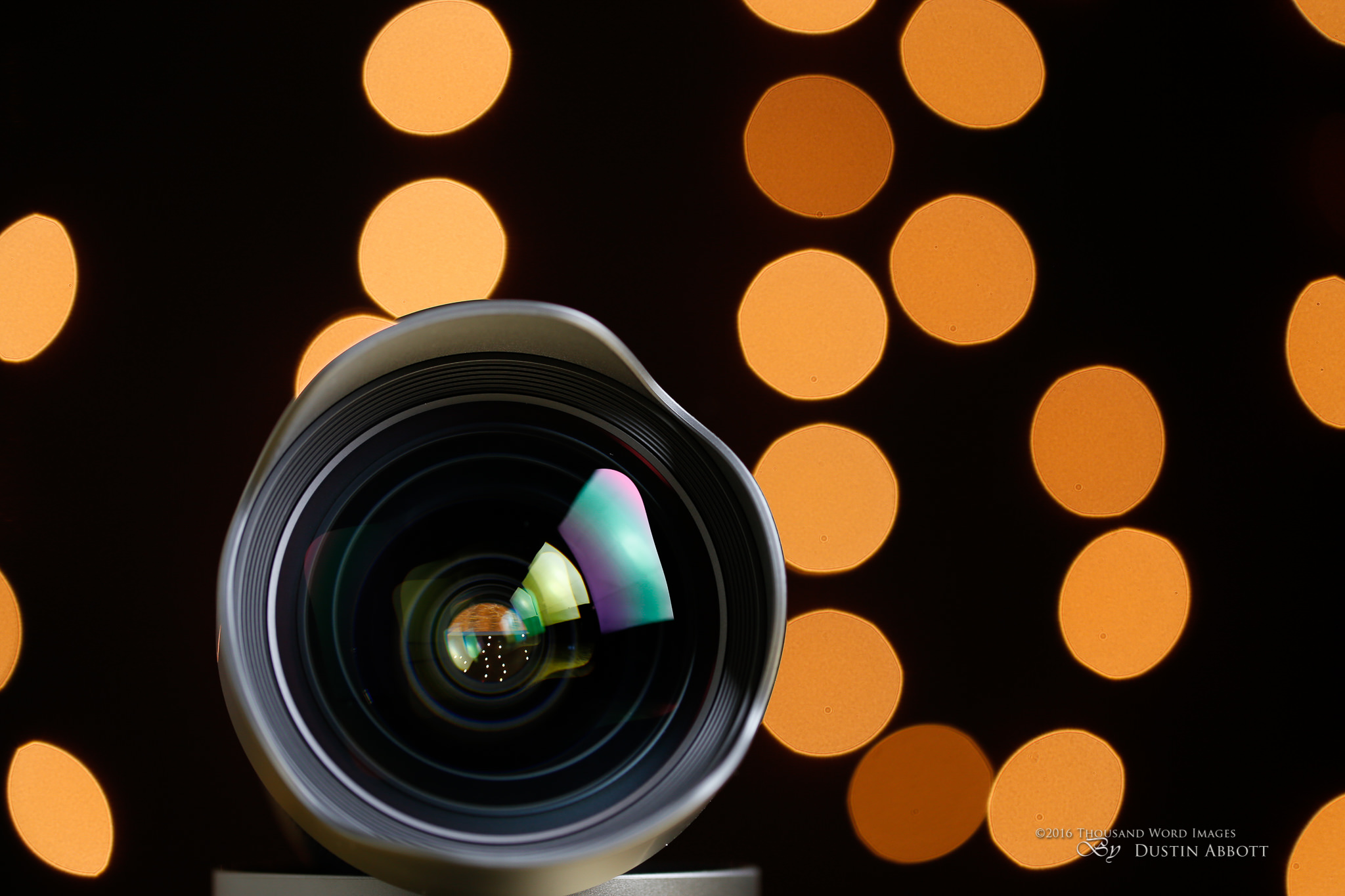
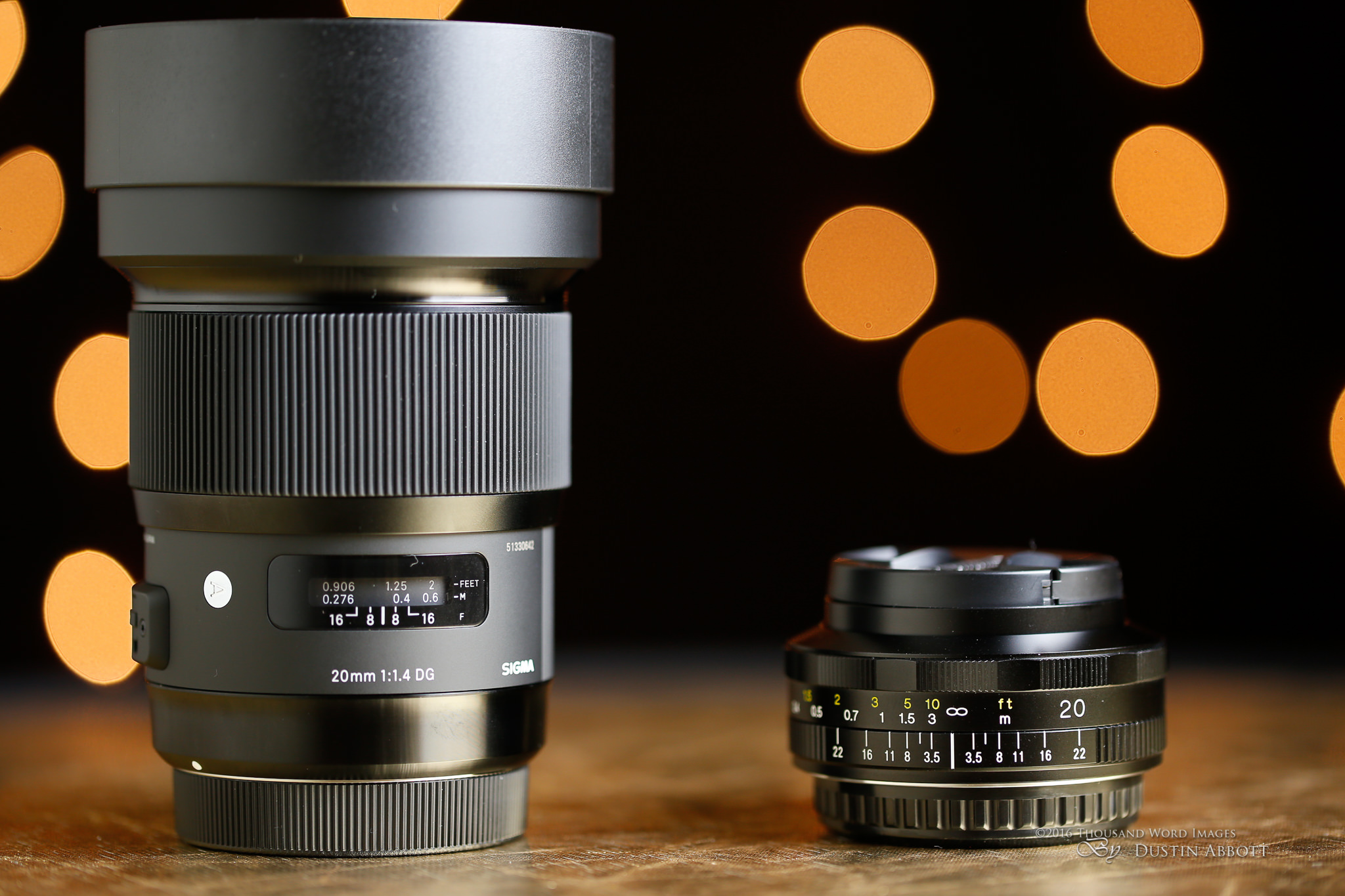
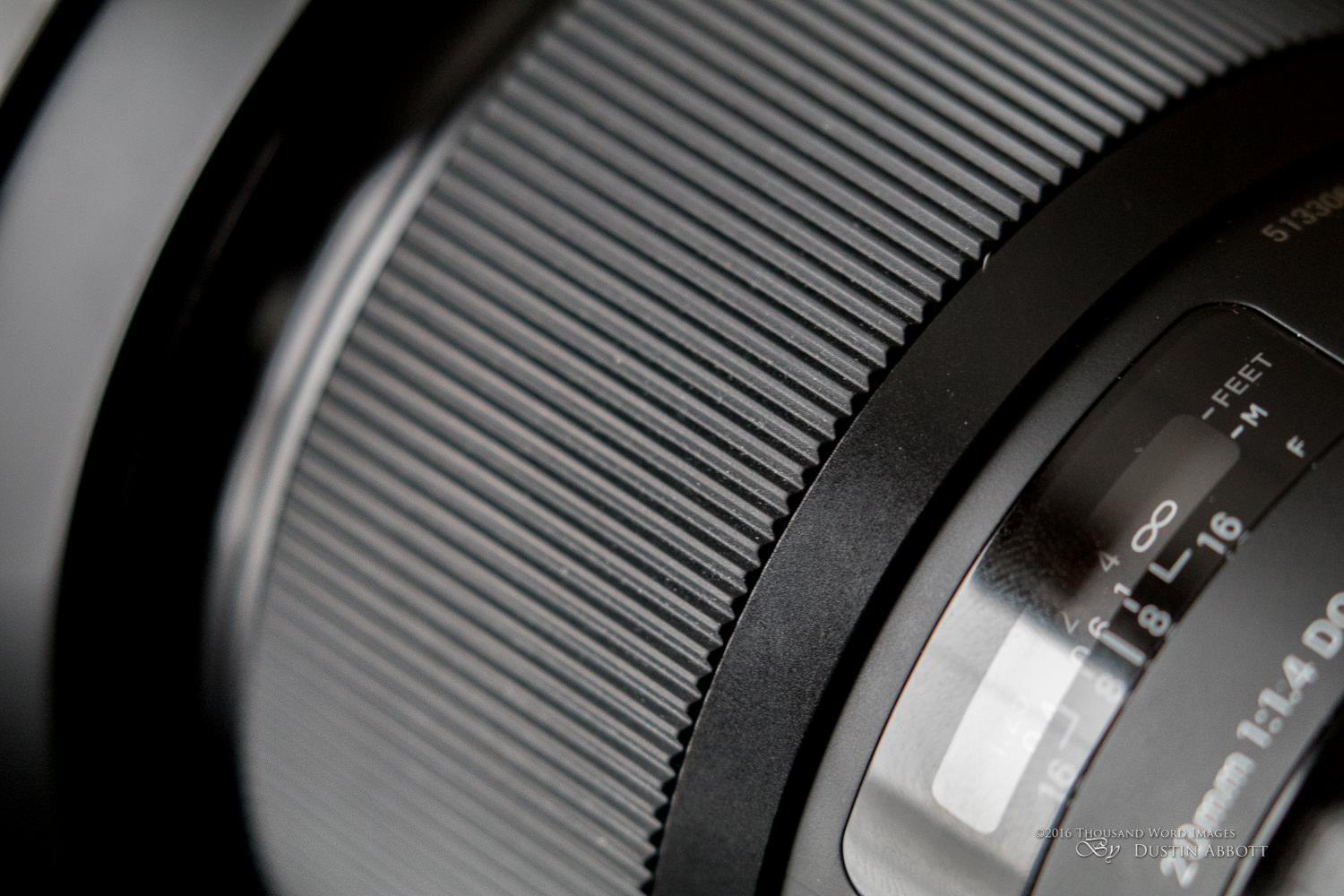
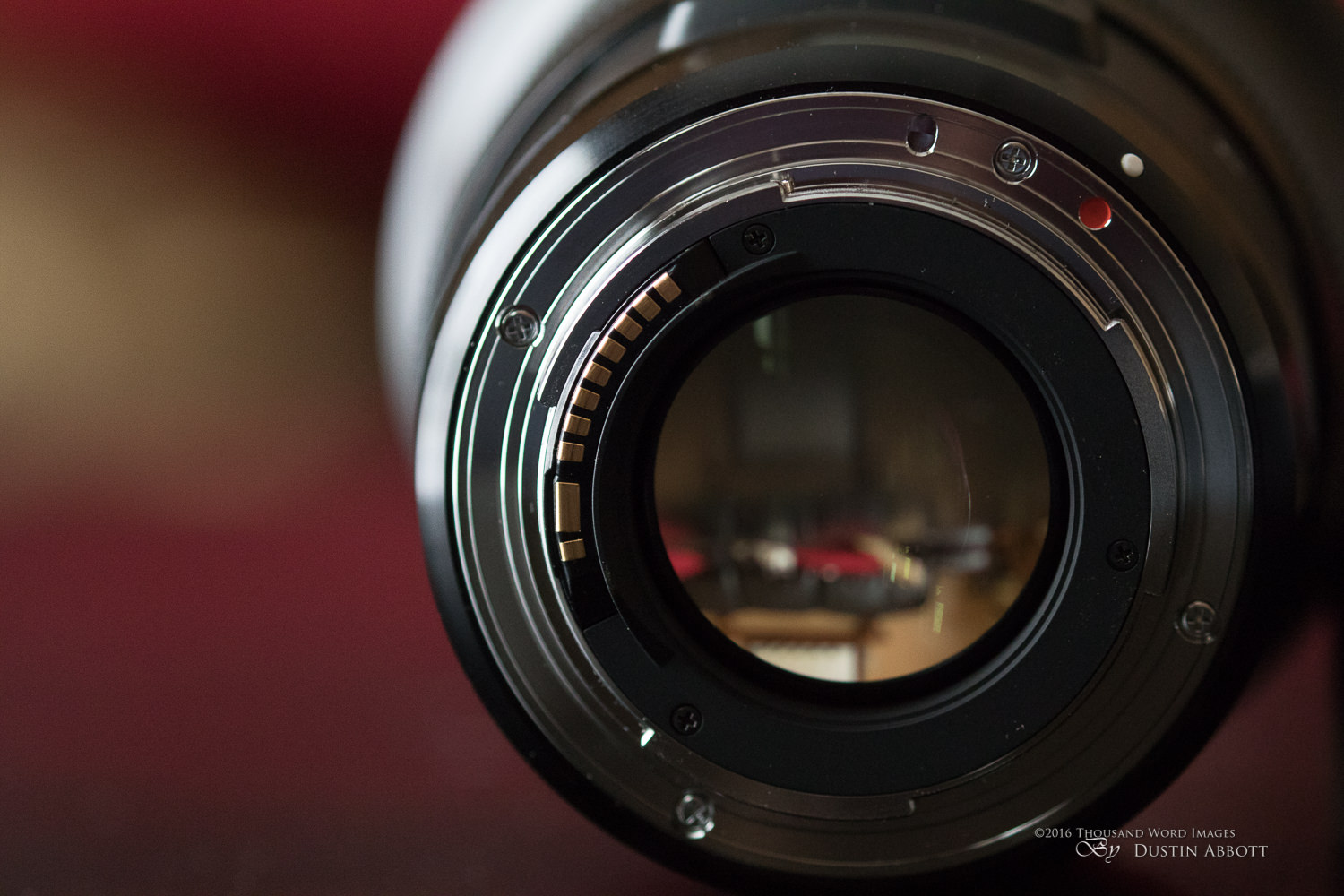
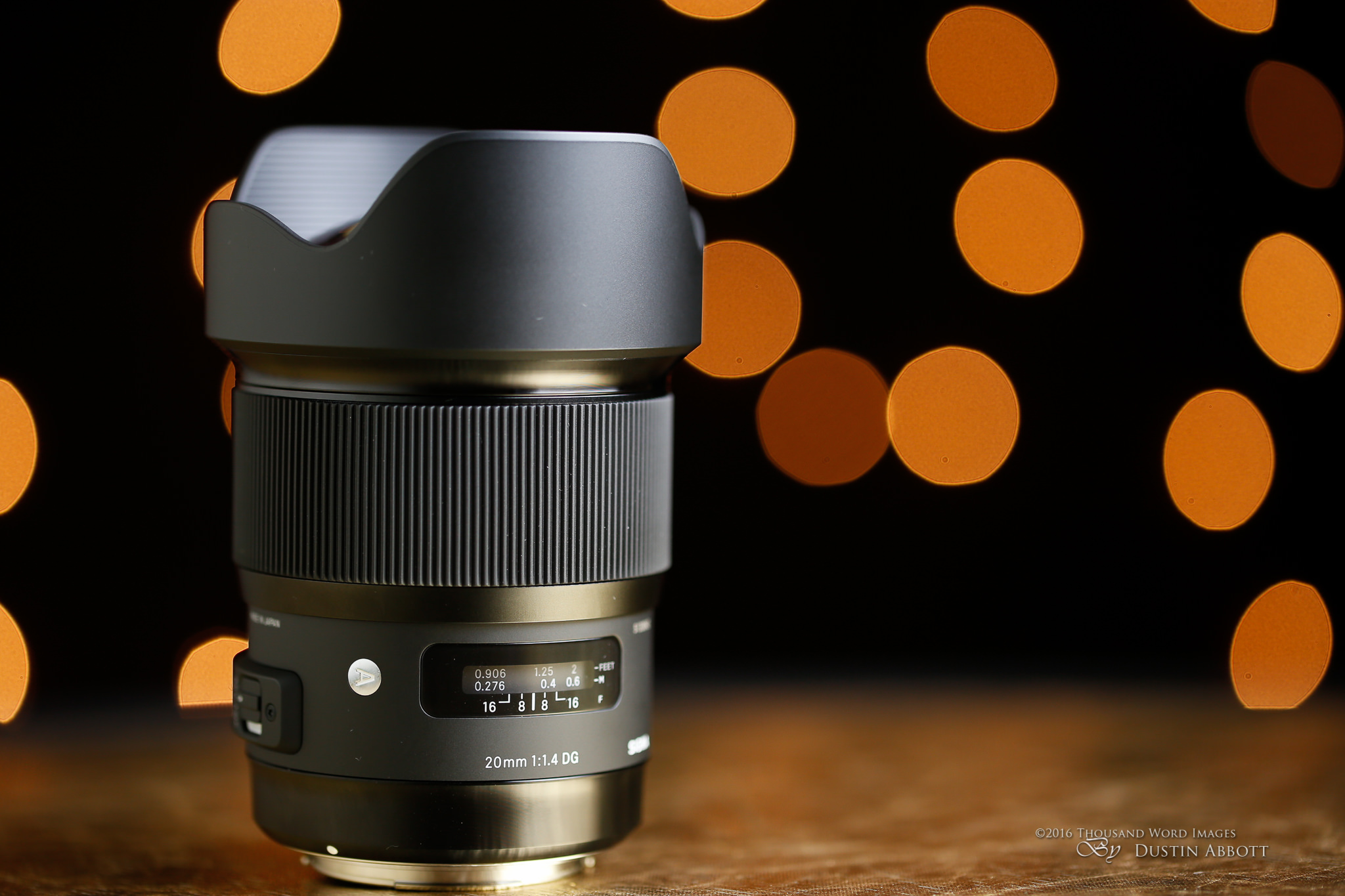

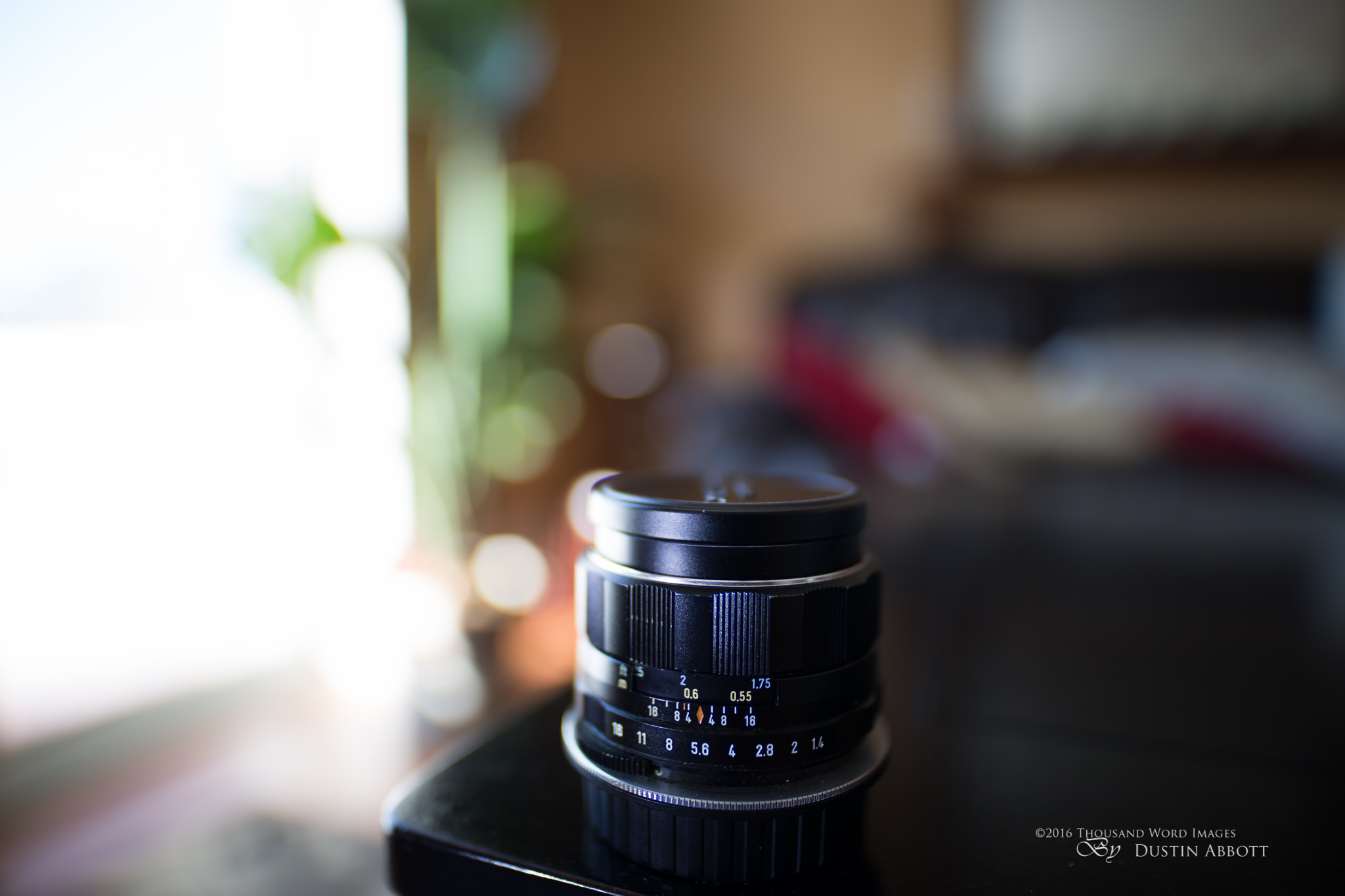
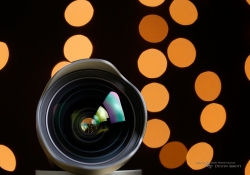

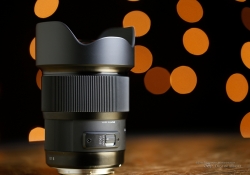

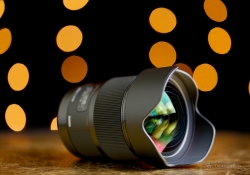
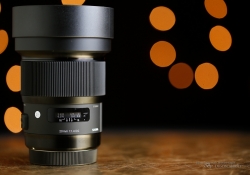
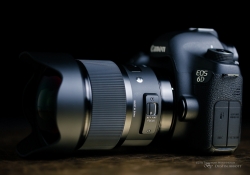
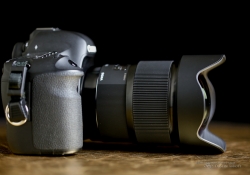
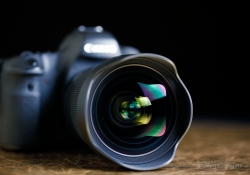
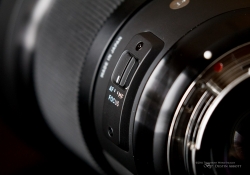
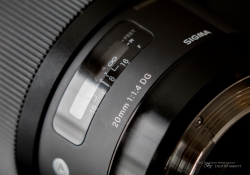
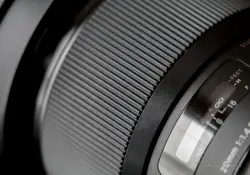
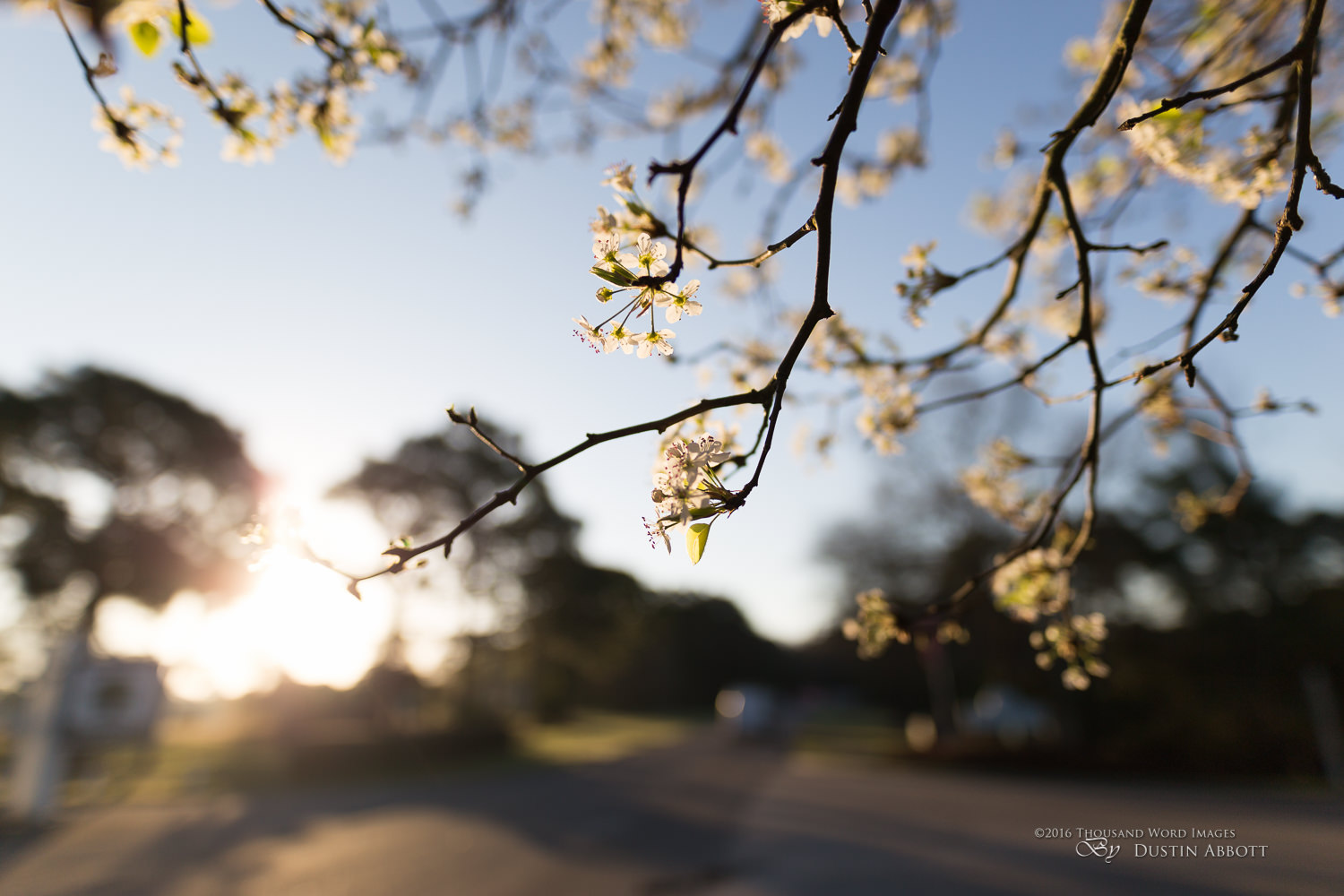




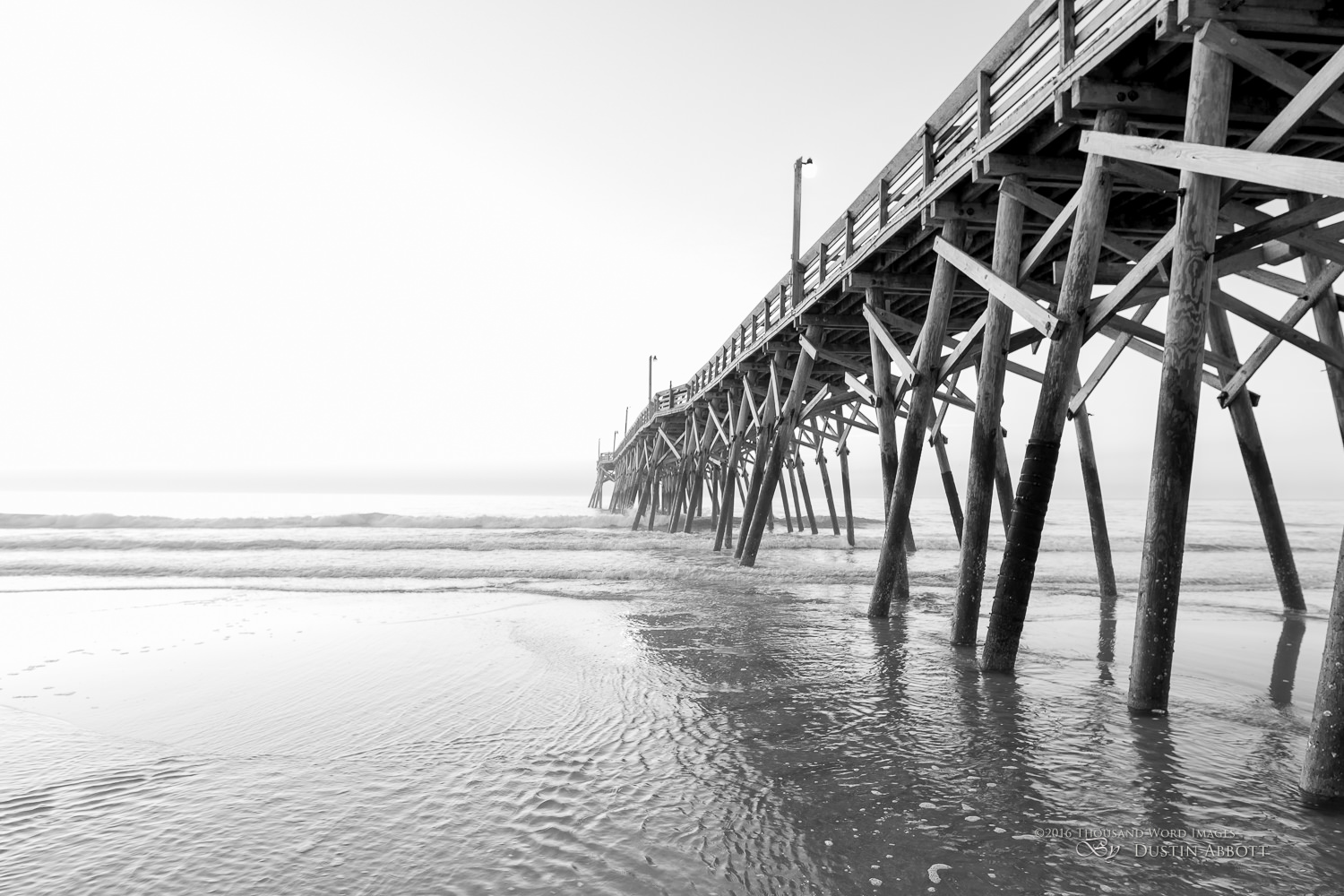
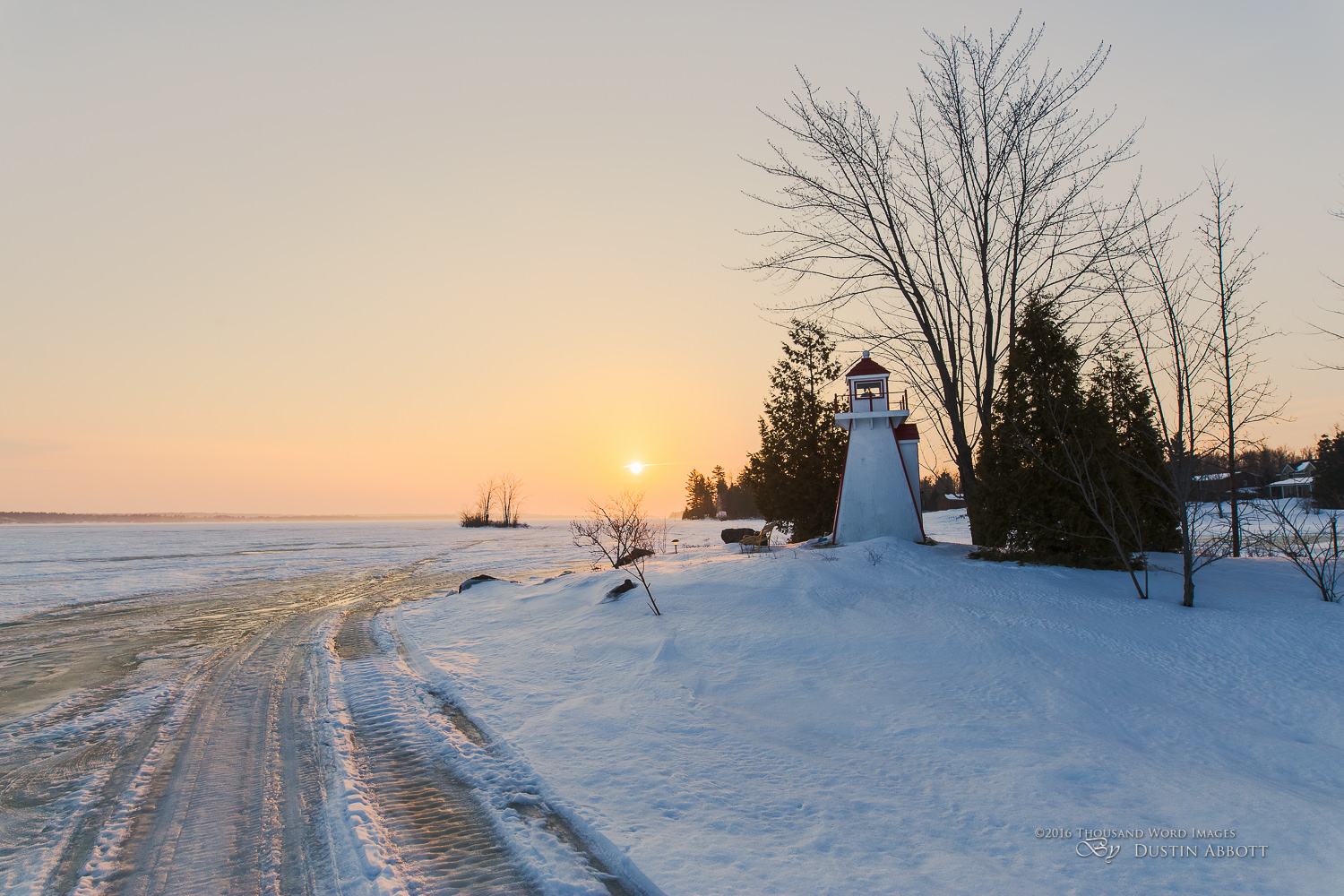




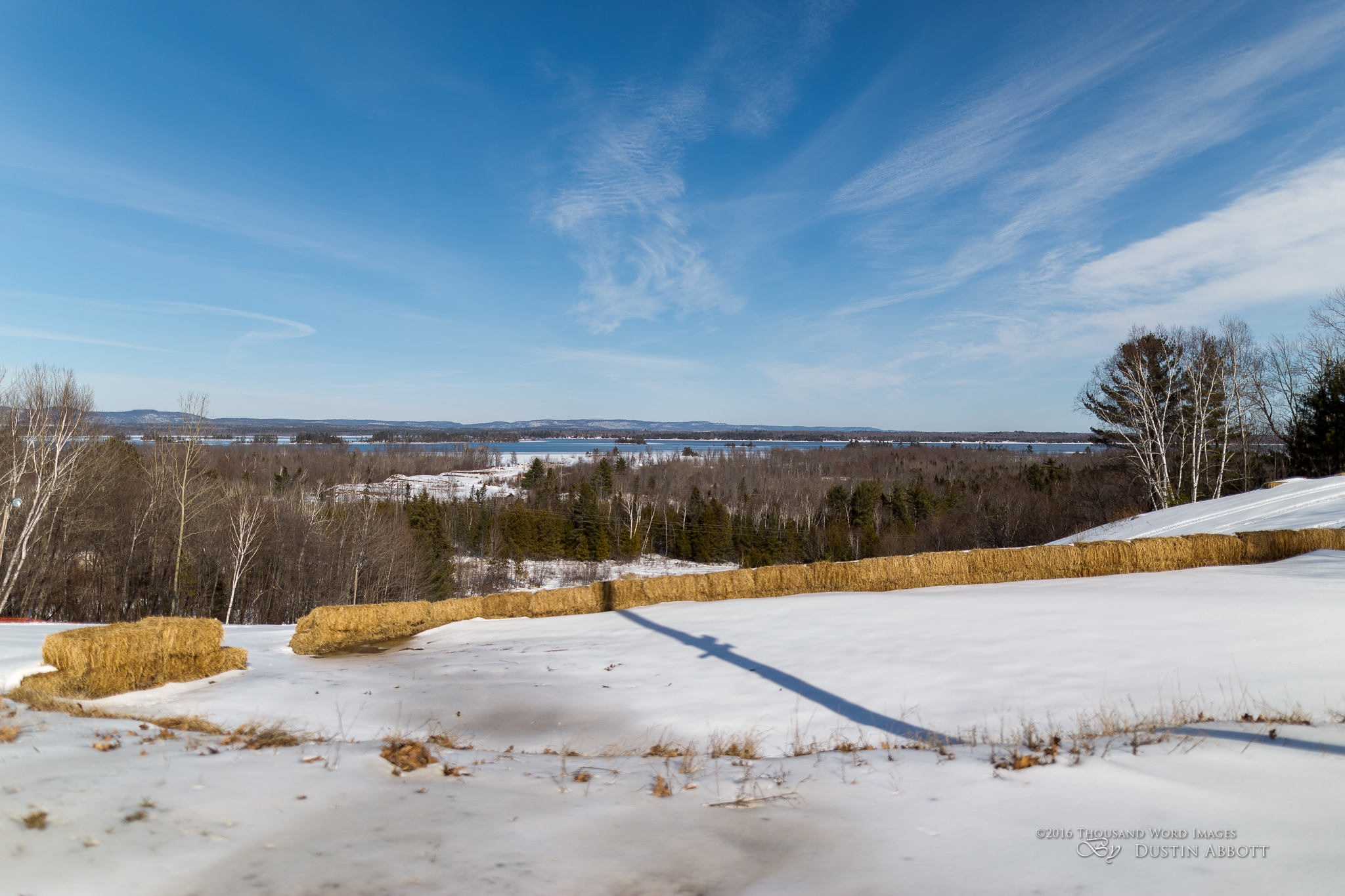

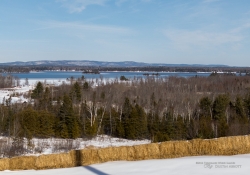

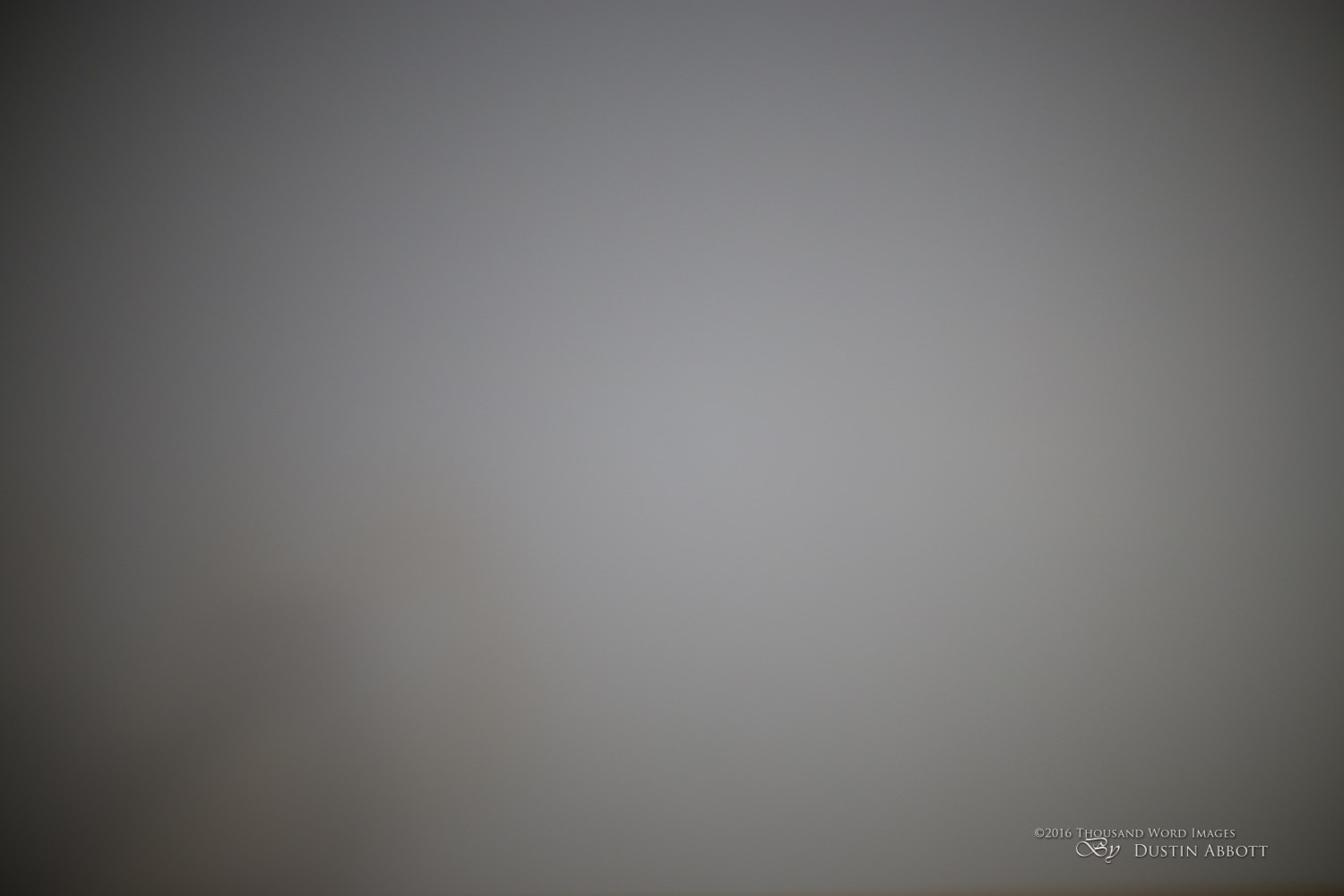
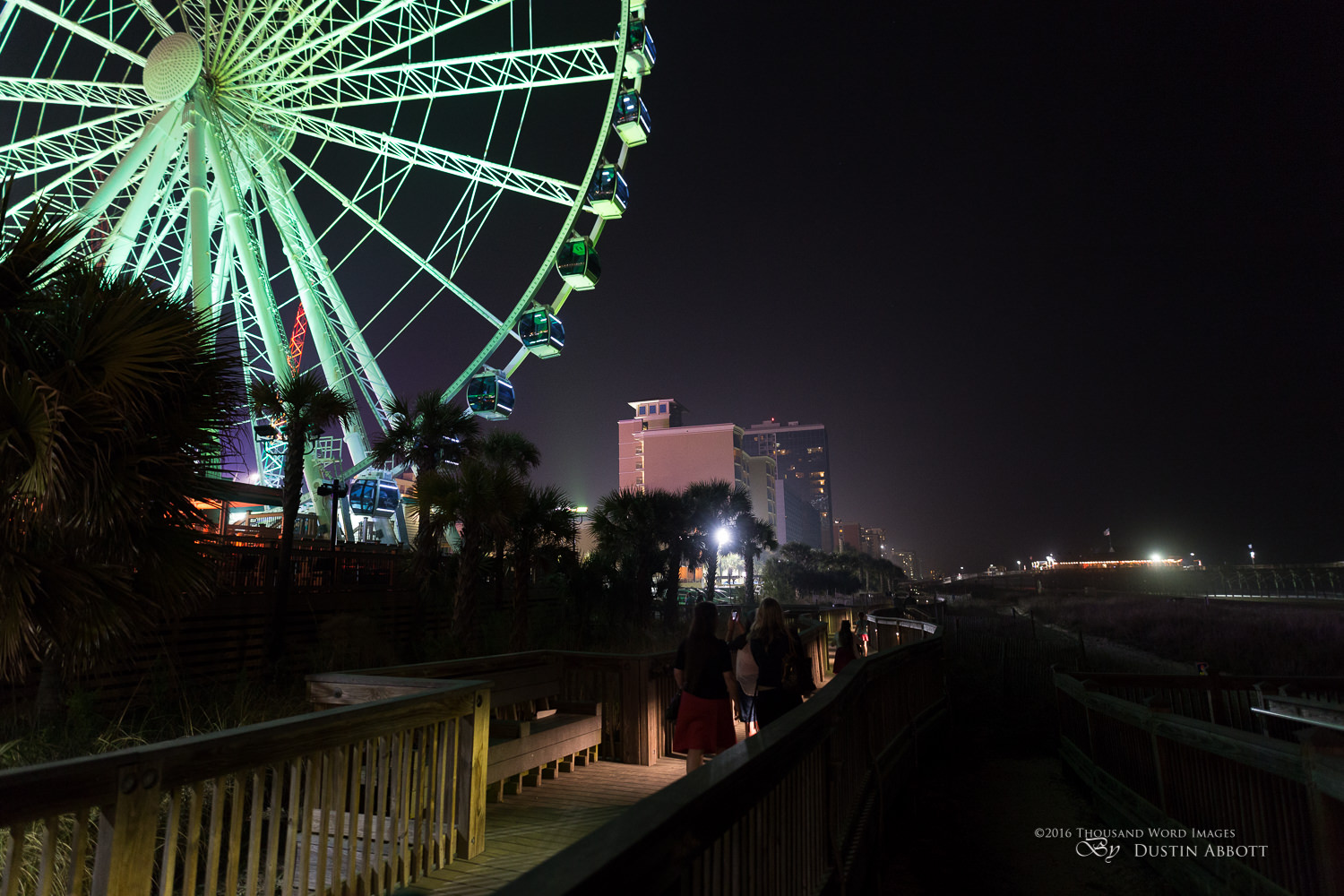


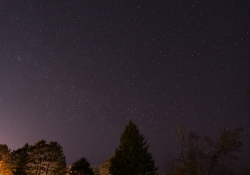
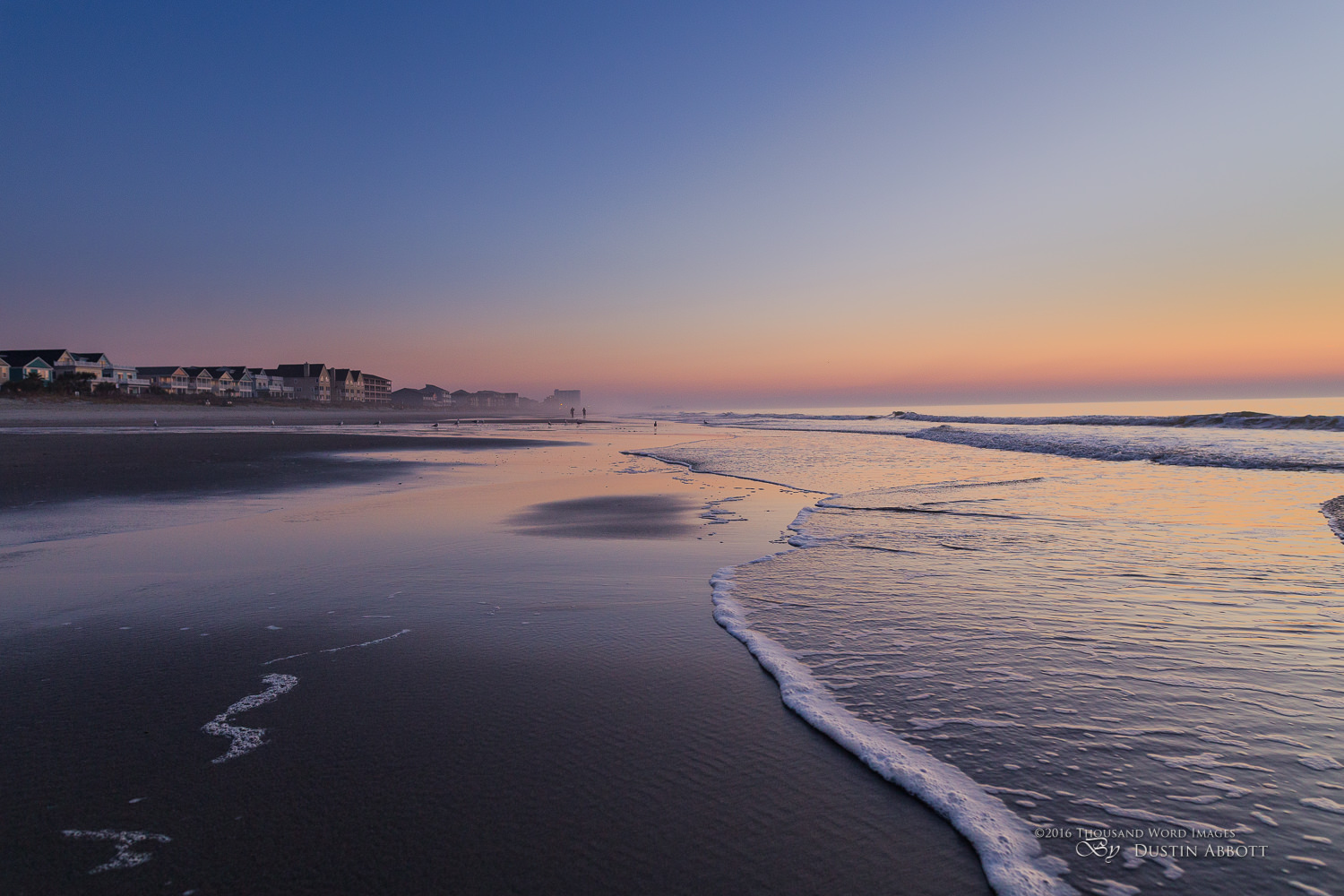
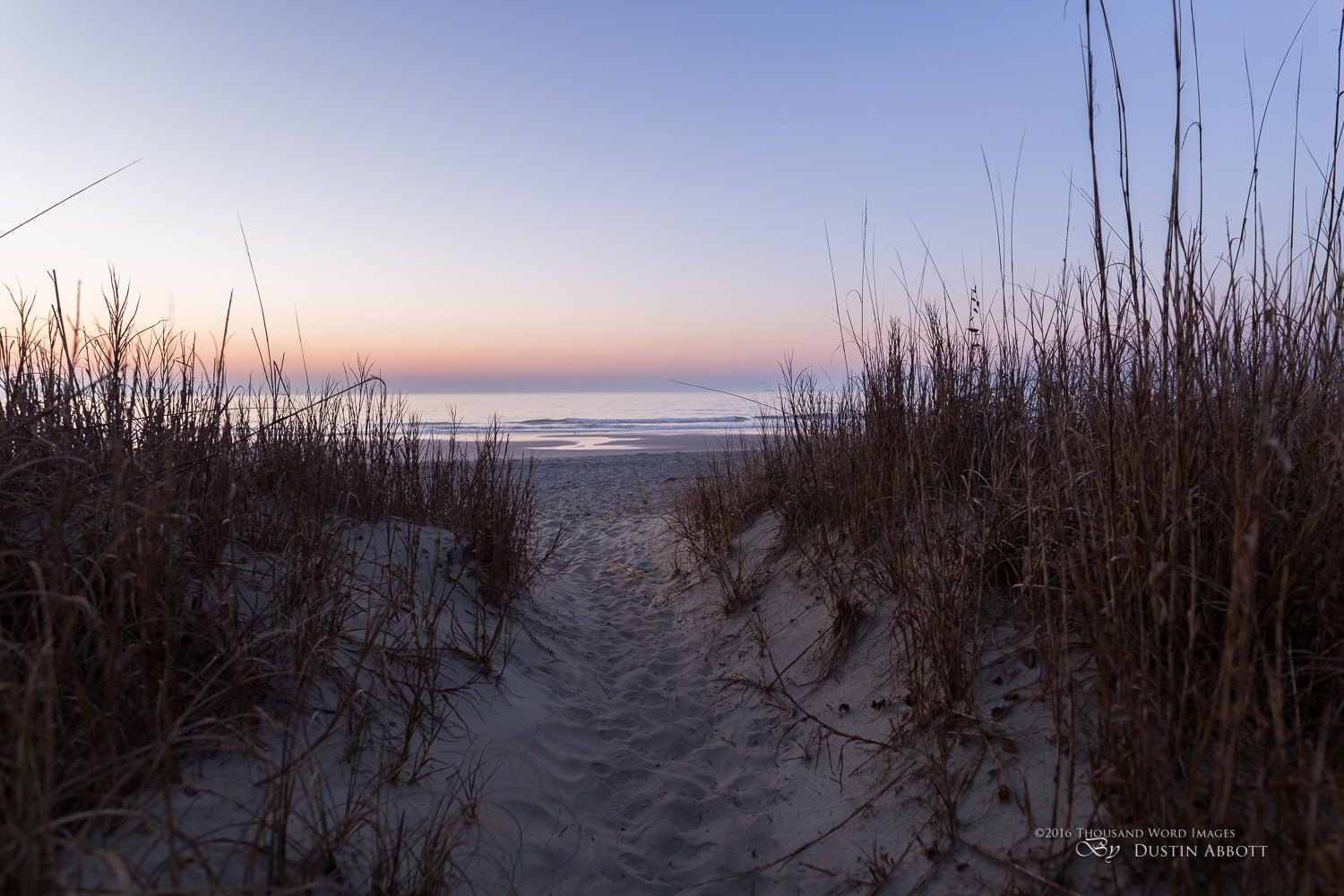

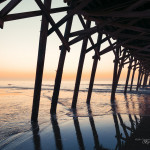

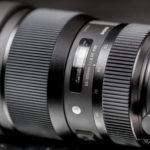
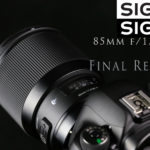




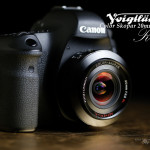
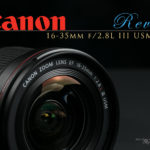
“Similarly the concave front element that prohibits the use of traditional filters will discourage others, though an adapter already exists for third party filters from Fotodiox as well as other third parties.” – I think you mean “convex”
I’ve been guilty of getting those two confused before!
Thanks so much for reviewing this. I’m still pretty torn between purchasing this lens or the Tamron, although after reading your entry I might lean towards getting the Tamron. I’m a wedding photographer but I also want to dabble in landscape photography in the future.
I would personally go with the Tamron for the extra flexibility, though if you feel you need f/1.4 the Sigma is the obvious choice.
[…] was April 2016 when I reviewed Sigma’s first 20mm F1.4 ART lens, a lens designed for full frame DSLRs. I came away very impressed with the optical […]
[…] was April 2016 when I reviewed Sigma’s first 20mm F1.4 ART lens, a lens designed for full frame DSLRs. I came away very impressed with the optical […]